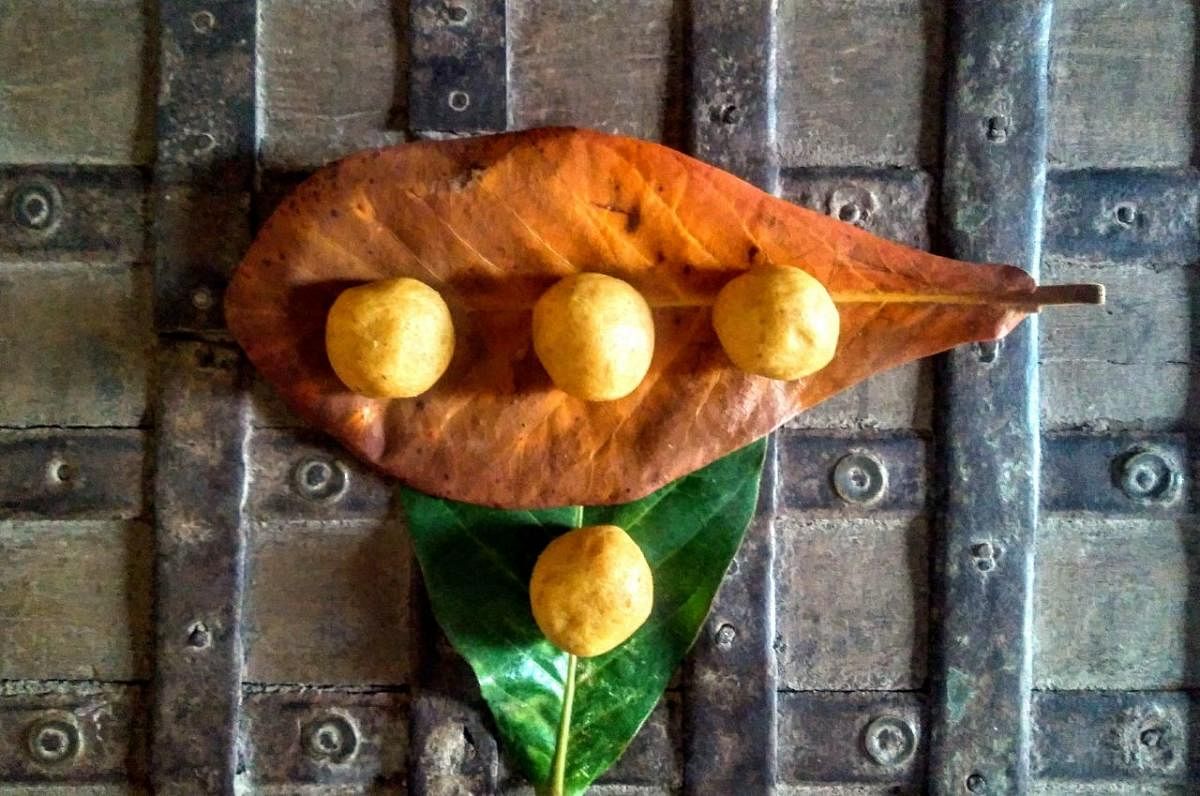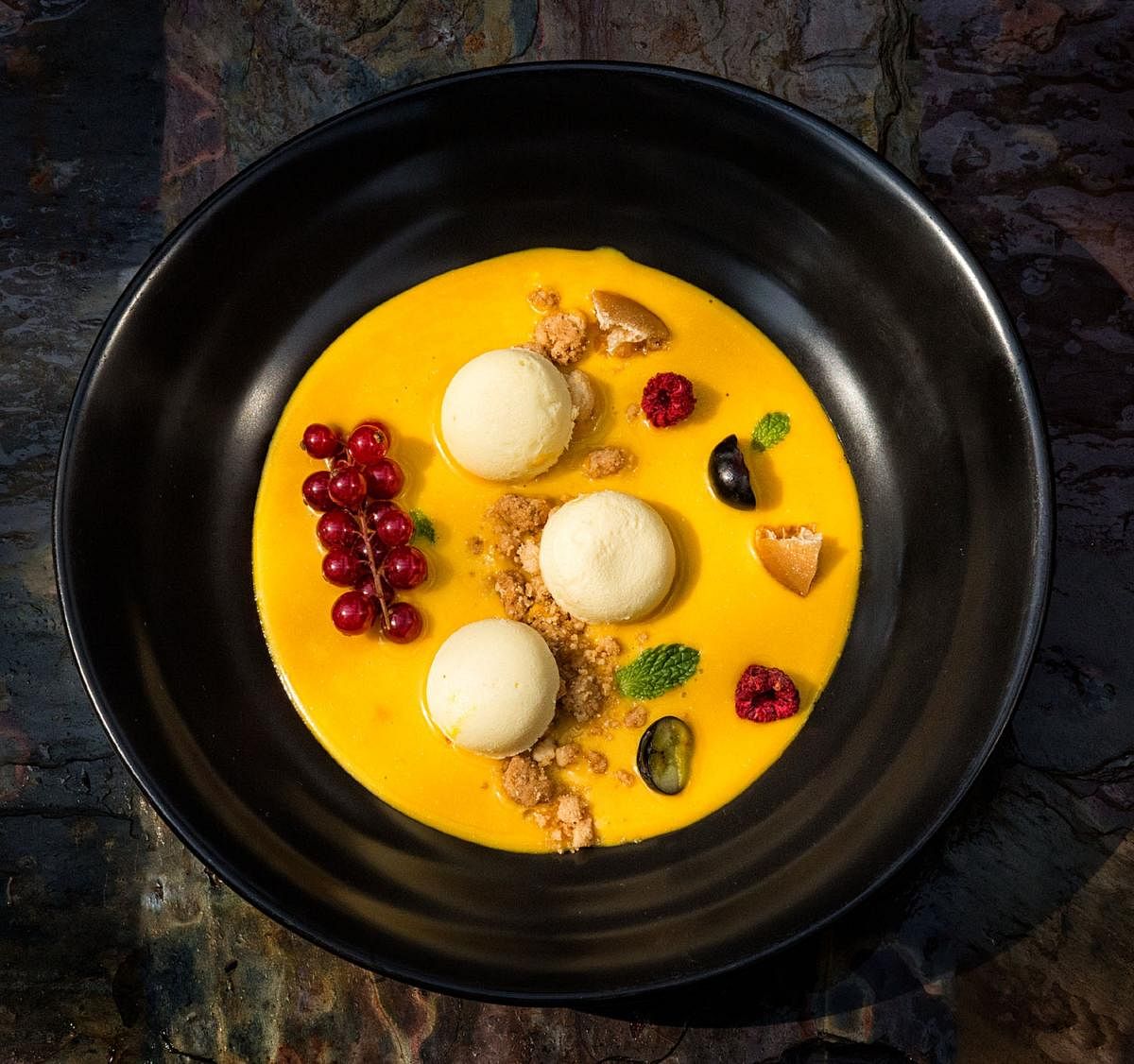

Emperor Akbar wasn’t the first ruler to celebrate Deepavali or Jashn-e-Chiraghan as that credit goes to Muhammad bin Tughluq who became the first Delhi Sultan to celebrate the festival in his harem along with Holi and many others. So why is it that history honours Mughals to be the architect and designer of the modern-day celebration of Deepavali complete with fireworks, a lavish feast, Lakshmi puja and the cultural fiesta?
According to historians like Malik Mohamed whose book The Foundations of the Composite Culture in India chronicles the court celebration of Deepavali that began with two decorated cows with garlands of cowries brought in the garden for Govardhan puja that followed Deepavali, the reason behind was much more than politics. While there is no denying that Emperor Akbar’s decision to celebrate Deepavali has been often described as a diplomacy stand that helped him gain acceptance as a ruler among his subjects, the assumption isn’t entirely true. Akbar, like his grandfather Babar, was hugely fascinated by the Egyptian Festival of Lights, and in Deepavali, he found the perfect celebration that could go beyond the precinct of religion, caste, and creed. Yet, in spite of his best intention, Akbar’s decision to turn Deepavali into a court festival celebrated on par with Nowroz was met with resistance from his council who saw little merit in how a festival could turn in their favour.
A headstrong Akbar along with his scholars and Amir-i-Majlis (officer in charge of royal feast and festival) set about to create his own version of Jashn-e-Chiraghan that would be based on Hindu tradition with a few rituals from Nowroz added to the celebration to turn it into a royal festival. By all accounts, Akbar’s Deepavali, while being celebrated on par with the Persian festival with various rituals and nuances including the famous fireworks as well, it was more of a preview of what the festival will become in the years to come. But during his reign, Deepavali would remain a court festival attended by courtiers who would be given a thal of sweets and gifts on behalf of the king.
It was during the reign of Emperor Jahangir and his son Shah Jahan that Deepavali transformed into the fiesta that we know today. Born into the culture of Deepavali celebration, it was Jahangir who turned Deepavali into the extravaganza it became, especially with the food. In his golden years, the emperor ordered a special platter of 56 sweet dishes to be made for the occasion. This royal decree was the first time that the empire, now managed by a string of military governors, mansabdars and royals, participated in putting together the festival.
Cooks, khansamas, expert sweetmeat makers, varq makers were sent months in advance to Agra Fort to put together a feast of extraordinary lavish treats. Such was the effect of the order that rulers of their respective regions would often hold a competition to choose the best hand to represent them on the platter — not only the one that would be created in the royal kitchens of Agra Fort but also the one that would be part of the nazrana presented to the emperor, a tradition that was part of Akbar’s festivity as well.
The sweet thali
Many believe that it was Jahangir’s idea of creating the chappan thal of sweets that united the empire and catapulted Deepavali into a festival that went beyond the realms of religious differences. Fascinatingly, in his zeal to give his beloved festival an almost dream-like quality, Jahangir created the ultimate melting pot of food cultures from not just the different regions of the Mughal empire but the world. And the one aspect that this diversity was showcased to the hilt was through the sweet platter that was once limited to naariyal barfi, besan, moong laddoo, kheel, khaand and batashe but under him, it boasted of sweets across pan-India including barfis, sandesh, payasam, karanji, imarti and a slew of halwas that were specially created by the mithai makers of Agra and Gujarat. Food lore has it that it was with the Gujarati and Marwari mithaiwalas who along with the cooks of the royal kitchen created newer versions of mithais that not only used dry fruits, including khubani, but were also infused with kewara and rose water. Inside the palace kitchen, however, it was Empress Nur Jahan who took charge of creating what English diplomat Thomas Roe would describe as “the most lavish feast ever had.” Nur Jahan by then would often preside over the court on behalf of Jahangir who had given into life’s other pursuit, was known as much for her political acumen as she was known for her work in the field of food and hospitality. Her serais, which dotted the road from Lahore to Agra, were known as much for the architecture as it was for the food and hospitality. And it was those fine resources that the empress would often pull into the royal kitchen to curate the feast that would enthral the guests during the three-day celebration that would witness some of the finest artists from the world of music, poetry and theatre congregate to the palace.
The royal kitchen would overflow with not just food, but with culinary hands that were adept at turning every whim into a delicacy on the plate. Ice from the Himalayas and water from the Ganges were regularly called for to create an array of sherbats that were distributed not only within the walls of Agra Fort and Fatehpur Sikri that was lit like a chandelier for the occasion but also across the city along with laddoos, kheel, kheer, mawa and batashe. Sugar workers were specially commissioned to create life-size khilonas that would be placed around the expanse of the fort for guests to admire and even nibble if felt peckish. While the team under Nur Jahan worked to create fresh batches of rose and kewara water, fruits were called in from Kashmir for the celebration.
Ganjifa holds the trump card
In fact, one of the popular dishes around Deepavali was a bowl of fruits that were handcrafted and doused with rosewater and honey. Occasionally doused with balai (clotted cream), the fruit bowl was one of Jahangir and later Shah Jahan’s favourite too, especially during a game of cards and gambling — a tradition that was added by the emperor himself. The inspiration behind, as per folklore, came from a set of Ganjifa cards that were presented to the emperor by his Deccan Governor. Over the years, as the Mughal Empire flourished so did Deepavali both in stature and extravaganza. Shah Jahan, who succeeded Jahangir, shared his love for the festival and added the Akash Diya as part of the celebration. Known for his love for food and festivals, it was during his reign that Deepavali celebrations shifted from Agra to his new fort in Shahjahanabad called the Red Fort. Built on a grand scale, the Rang Mahal was designed to give the festival its finest showcase — and remained the venue till 1857 when Bahadur Shah Zafar hosted what would be the last Jashn-e-Chiraghan celebration. But by then, the celebration of Deepavali would have transformed from the simple Braj tradition of puja, diyas and sweets to one of the most extraordinary celebrations of Indian culture and food.